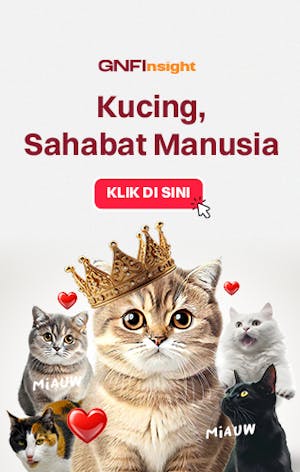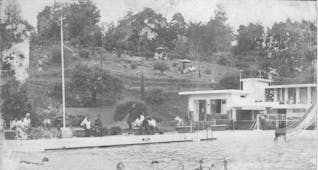by Tasa Nugraza Barley There’s an old saying in Indonesia that a big nation is one that appreciates its history. Through history, people can learn about their cultural origins and their national identity. However, museums — the traditional storehouses of items from the past that help people understand the developments that shaped their society — are not very popular here. Most Indonesians seem to prefer to spend their weekends and other leisure time at the many shopping malls that are scattered across Jakarta. Overlooked by the public attention, the capital is home to a series of rich, historic buildings, each with a long list of valuable cultural and historic artifacts. National Museum, or Museum Nasional, is one those important buildings. Located in Central Jakarta, just a few meters from the city's iconic landmark National Monument, or Monas, and a 10-minute drive from main train station Gambir, the museum has perhaps the most strategic location of any such institution in the city. It is also the oldest such institution in Indonesia, and has the country’s largest historical and cultural collection, with more than 141,000 items. Most were collected from Indonesia’s own backyard, but there are also some items that were purchased from other countries. John Guy, a curator of Southeast Asian art at the Metropolitan Museum of Art in New York, was at the National Museum recently taking pictures of Hindu-Buddhist sculptures. “Museum Nasional is one of the best museums in Southeast Asia,” he said. “This museum has so many hundred-year-old collections.” Guy visits Indonesia once a year to conduct research and always makes a point of going to the National Museum. His favorite item is the largest statue in the collection, the more than 4-meter-tall statue of Bhairawa, a manifestation of Buddha, believed to be from the 13th or 14th century. “Isn’t that beautiful?” he said. The museum is also sometimes known as Museum Gajah, or the Elephant Museum, because of the bronze elephant statue in front of the building. This statue was a gift from King Chulalongkom from Thailand in 1871. The National Museum was established in 1868, at first used by the Dutch colonial government as an office and a place to preserve its valuable collections. In 1950, the newly sovereign Indonesian government made the museum a national cultural center. The museum has two buildings — the original Gedung Gajah, or Elephant Building, and a new building that was opened to the public in 2007. Each year, according to the institution's management, the building receives more than 150,000 visitors. Guy said in other countries museums were more revered by the younger generation. “In the United States, it’s something cool for the young ones to visit museums,” he said. “History and culture are the identity of every country, they’re the things that made you who you are right now.” Wending a Way Through the Museum’s Sections The National Museum’s collections are divided into seven categories. The “Prehistory” section displays ancient tools discovered in recent times. Highlights include a ceremonial ax from the Bronze-Iron period, tools made of chalcedony from the Neolithic period and a set of coarse-refined bracelets from the Neolithic period, also of chalcedony. The “Archaeology” section covers findings from Indonesia’s kingdoms from the 1st to the 15th century, including an inscribed Gajah Mada stone from the 13th century, a Dwarapala Stone from the 9th century and a Ganesha Stone from the 8th century. Most of the items were found in Central and East Java, and show how heavily the developing Indonesian culture was influenced by Indian culture and Hinduism and Buddhism. The “Numismatic and Heraldic” section includes coins and seals from the old kingdoms as well as from the colonial Dutch era. “Historical Relics” is a collection of ceramics, lamps, pottery and other everyday items from the Dutch colonization period from the 16th to 19th centuries. “Geography” is a collection of old maps depicting Indonesian islands from the 17th century. “Ethnography” is a collection of cultural objects used by different ethnic groups in Indonesia. The collection includes household utensils, miniatures of traditional houses and traditional fabrics. “Ceramics” is a collection of ancient ceramics coming from other regions, including China, Vietnam, Thailand, Japan, the Middle East and Europe. The article was previously published on The Jakarta Globe. The picture was taken fromhere.
Cek berita, artikel, dan konten yang lain di Google News














